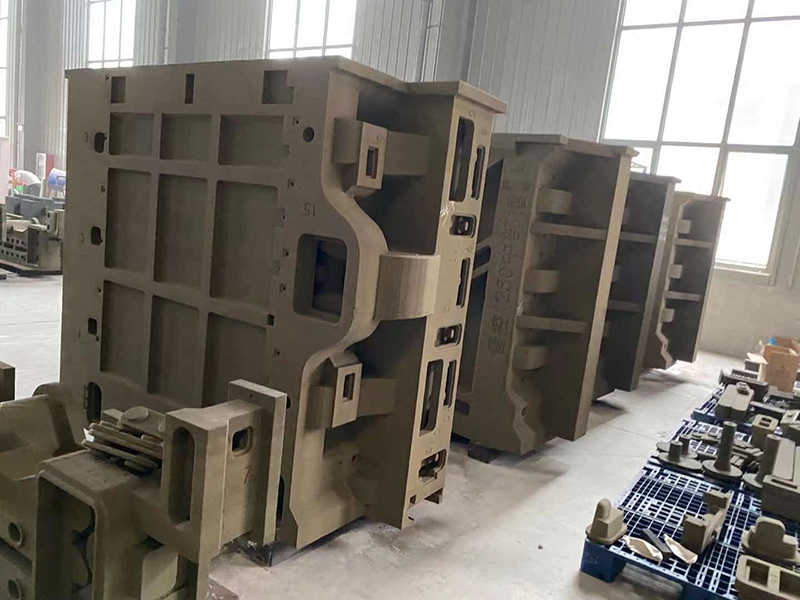The Importance of Ceramsite Foundry Sand in Modern Casting
In the modern industrial landscape, casting remains a vital process for the production of metal components. As industries advance, the materials used in casting processes must evolve as well. This is where ceramsite foundry sand comes into play. Ceramsite foundry sand, a ceramic-based material, is gaining traction in the foundry industry due to its exceptional properties and advantages over traditional silica-based sands. This article explores the significance of ceramsite foundry sand and its contributions to enhancing the casting process.
What is Ceramsite Foundry Sand?
Ceramsite foundry sand is composed of spherical granules that are produced by sintering clay and other raw materials at high temperatures. This process creates a lightweight, durable material that boasts superior thermal stability, excellent flowability, and minimal moisture absorption. Its unique properties make it an ideal choice for various casting applications, including iron, aluminum, and steel castings.
Advantages of Ceramsite Foundry Sand
1. Improved Mold Quality One of the most significant benefits of ceramsite foundry sand is its ability to produce high-quality molds. The spherical shape and smooth surface of ceramsite sands allow for better packing and compaction, which results in molds with superior dimensional accuracy and surface finish. This quality is crucial in reducing defects in the final cast products.
2. Enhanced Thermal Performance Ceramsite foundry sand exhibits excellent thermal resistance, which helps in maintaining the integrity of the mold during high-temperature casting processes. This property minimizes the risk of mold deformation and ensures that the metal can solidify uniformly, leading to improved mechanical properties in the final casting.
ceramsite foundry sand

3. Eco-friendly Alternative With increasing concerns over environmental sustainability, ceramsite foundry sand serves as an eco-friendly alternative to traditional silica sands. The production of ceramsite involves the use of naturally abundant materials and generates less dust during handling, reducing health risks for workers in foundry environments. Additionally, ceramsite sand can be recycled and reused multiple times, reducing waste and overall material costs.
4. Reduced Moisture Absorption Unlike traditional sands that can absorb moisture, ceramsite foundry sand has a low moisture retention rate. This property is particularly beneficial in humid environments, as it minimizes the chances of mold collapse and ensures consistent casting quality.
5. Versatility Ceramsite foundry sand can be tailored to meet specific casting requirements, making it versatile for various applications. Whether used in precision casting or large-scale production, ceramsite sands can be optimized to enhance performance parameters according to individual industry needs.
Conclusion
The adoption of ceramsite foundry sand is transforming the casting industry by offering numerous benefits that traditional sand types cannot match. Its superior properties contribute to improved mold quality, enhanced thermal performance, environmental sustainability, reduced moisture absorption, and overall versatility. As the demands of modern manufacturing continue to evolve, embracing innovative materials like ceramsite foundry sand will be essential for foundries aiming to maintain competitiveness and efficiency.
In conclusion, ceramsite foundry sand represents a significant step forward in casting technology. As more foundries recognize its advantages, it is likely to become the standard for producing high-quality cast components. Embracing this versatile and eco-friendly material could lead to more sustainable practices and better products in the casting industry, making ceramsite foundry sand a crucial element in the future of metal manufacturing.
Post time:ਨਵੰ. . 12, 2024 09:52
Next:sand cast
